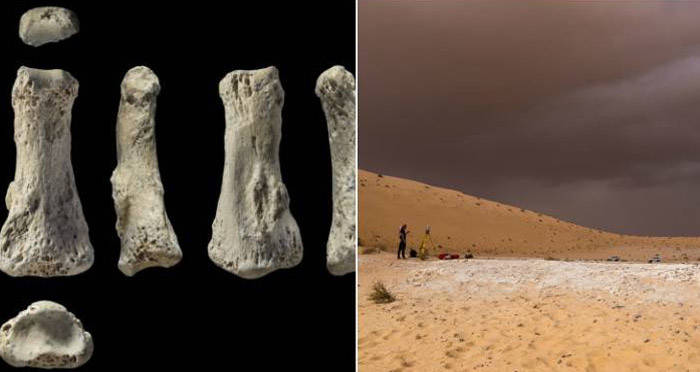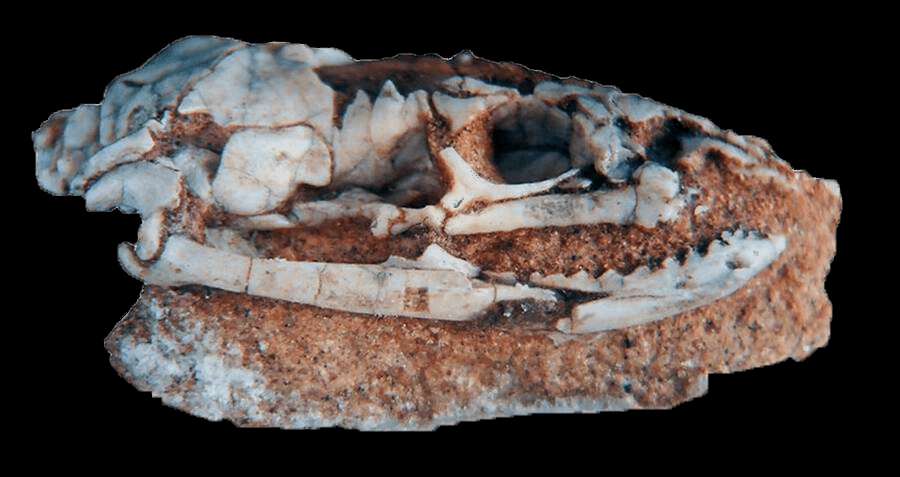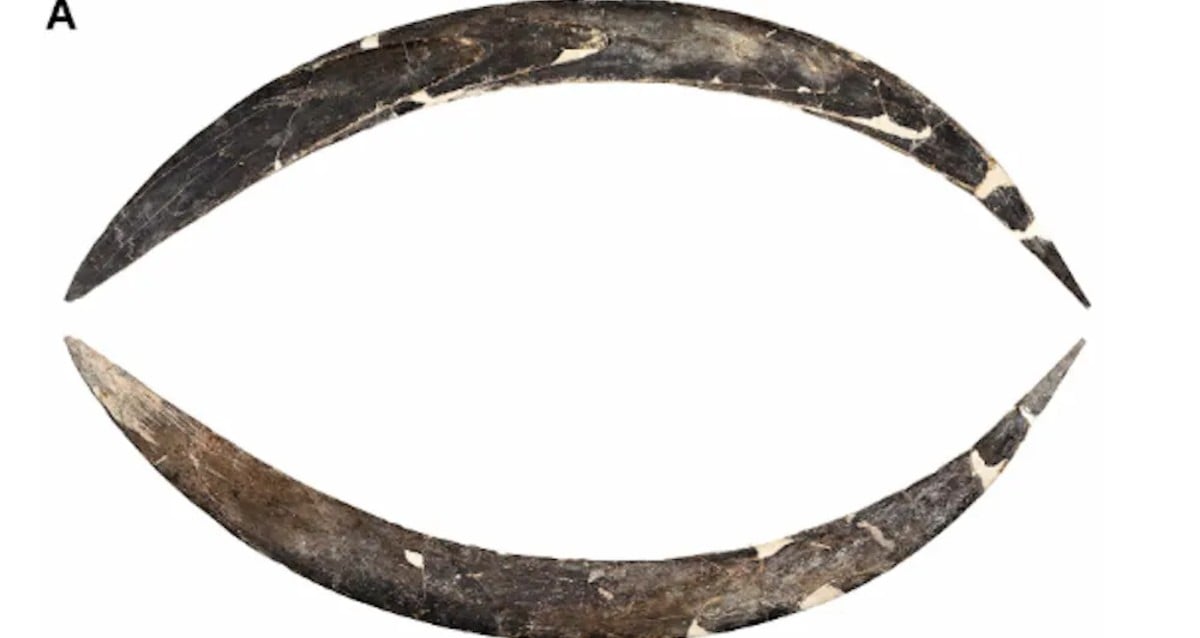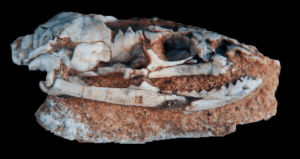Ancient Finger Bone Unearthed: A Shocking Rewrite of Human History Emerges
“It’s strange, isn’t it? Almost all bones will not be preserved, and there’s nothing special about the finger bone in terms of how hard it is. It just got lucky,” said Huw Groucutt, an archaeologist at the University of Oxford and lead author of the study.
Before this discovery, it was the belief of many scientists that humans first left Africa 60,000 years ago, and that when did they did leave, they stayed along the coastline. The idea that they actually left 25,000 years earlier and made it to the Arabian desert is a radical shift in the view of human history.
This new finding is the latest in a series of developments that are helping to put the pieces of humans’ departure from Africa together. What was once thought to be a single and quick migration is proving to be a much messier, intricate scenario, based on the theory that humans actual left Africa in several waves. The new research also shows that our ancient ancestors traveled to a much broader range of destinations.
The timeframe of the human departure date in Africa has long been a major debate in the science community. Many say that there isn’t any reliable evidence to support the idea that a mass migration out of the African subcontinent happened any earlier than 60,000 years ago.
The fossil was first found in 2016, amongst fossils from hippos and snails as well as stone tools at the Al Wusta site of the Arabian Desert. Just by eyeing it, the researchers believed it belonged to a homo sapien, whose fingers are distinctively long and thin compared to those of Neanderthals. They did a micro-CT scan and compared it to other animals with human-like fingers before confirming that it was human and most likely the middle part of an adult’s middle finger.













Post Comment